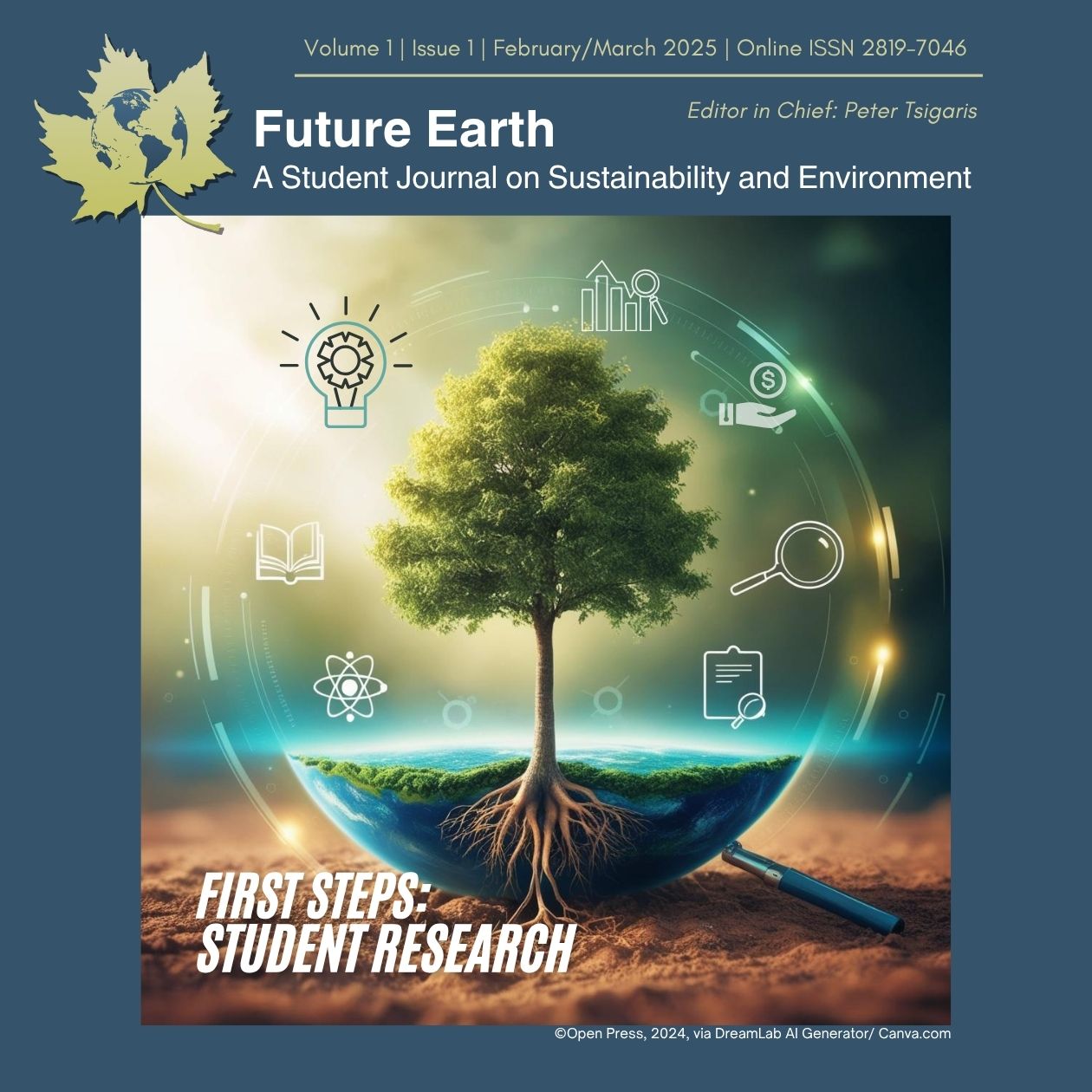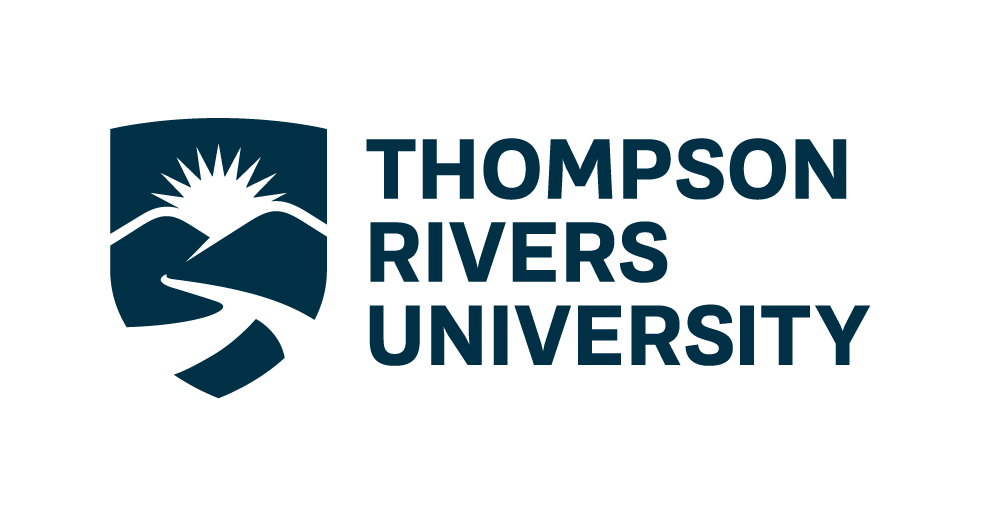Mitigating the Economic and Social Effects of Drought in Kamloops
DOI:
https://doi.org/10.29173/bcelnfe712Keywords:
adaptation, drought, semi-arid climate, vulnerability, water restrictionsAbstract
Drought, defined as a prolonged period of below normal precipitation, which may result in a water shortage, poses significant environmental and socio-economic challenges. Located in the interior of British Columbia, the city of Kamloops is particularly susceptible to drought due to its semi-arid climate and increasing exposure to climate-induced temperature variability. These conditions place considerable strain on the region’s water resources, ecosystems, and economic stability. By integrating primary data collected through a community survey, the study aims to evaluate the perceived effects of drought and corresponding water restrictions, identify key areas of vulnerability, and assess the viability of local adaptation strategies. As droughts become an increasingly persistent feature of the regional climate, evidence-based, community-oriented approaches will be essential to support long-term resilience and sustainable water management in Kamloops.
References
Azadi, H., Keramati, P., Taheri, F., Rafiaani, P., Teklemariam, D., Gebrehiwot, K., Hosseininia, G., Passel, S., Lebailly, P., & Witlox, F. (2018). Agricultural land conversion: Reviewing drought impacts and coping strategies. International Journal of Disaster Risk Reduction. https://doi.org/10.1016/J.IJDRR.2018.05.003
British Columbia's Ministry of Water, Land and Resource Stewardship. (2024). British Columbia Drought and Water Scarcity Response Plan. https://www2.gov.bc.ca/assets/gov/environment/air-land-water/water/drought-info/drought response plan final.pdf
City of Kamloops. (2024). City's New Water Use Restrictions Now in Effect I City of Kamloops. https://www.kamloops.ca/our-community/news-events/news-releases/citys-new-water= use-restrictions-now-effect
City of Kelowna. (2017). 2017 Kelowna Integrated Water Supply Plan Kelowna, BC. https://www.kelowna.ca/sites/files/1/docs/related/kelowna integrated water supply plan 2017.pdf
Clarke. (2011). Greater Vernon Utility. Drought Management Plan. https://www.rdno.ca/sites/default/files/2023-01/2023 External Agency List 0.pdf
Daneshmand, F., Karimi, A., Nikoo, M., Bazargan-Lari, M., & Adamowski, J. (2014). Mitigating Socio-Economic-Environmental Impacts During Drought Periods by Optimizing the Conjunctive Management of Water Resources. Water Resources Management, 28, 1517–1529. https://doi.org/10.1007/s11269-014-0549-7
Freire-Gonzalez, J., Decker, C., & Hall, J. (2017). The Economic Impacts of Droughts: A Framework for Analysis. Ecological Economics, 132, 196–204. https://doi.org/10.1016/J.ECOLECON.2016.11.005
Hagenlocher, M., Meza, I., Anderson, C., Min, A., Renaud, F., Walz, Y., Siebert, S., & Sebesvari, Z. (2019). Drought vulnerability and risk assessments: state of the art, persistent gaps, and research agenda. Environmental Research Letters, 14. https://doi.org/10.1088/1748-9326/ab225d
Haile, G., Tang, Q., Li, W., Liu, X., & Zhang, X. (2019). Drought: Progress in broadening its understanding. Wiley Interdisciplinary Reviews: Water, 7. https://doi.org/10.1002/wat2. l 407
King-Okumu, C., Tsegai, D., Pandey, R., & Rees, G. (2020). Less to Lose? Drought Impact and Vulnerability Assessment in Disadvantaged Regions. Water. https://doi.org/10.3390/wl204l136
Lloyd, E. (2017). Drought disaster planning and adaptation in rural British Columbia (Master's thesis). Royal Roads University. https://doi.org/10.25316/IR-ll
Merritt, W., Alila, Y., Barton, M., Taylor, B., Cohen, S., & Neilsen, D. (2006). Hydrologic response to scenarios of climate change in sub watersheds of the Okanagan basin, British Columbia. Journal of Hydrology, 326, 79108. https://doi.org/10.10l 6/J.JHYDROL.2005.10.025
Mushet, G., Reinhardt, E., & Cumming, B. (2022). The importance of effective moisture and landscape controls on diatom assemblages and primary production in Roche Lake, British Columbia, Canada over the past ca. 1800 years. Quaternary Research, 111, 53–67. https://doi.org/10.1017/qua.2022.27
OpenAI. (2025). ChatGPT (GPT-4o mini) [Large language model]. https://chat.openai.com/chat
Shang, B., Agathokleous, E., Calatayud, V., Peng, J., Xu, Y., Li, S., Liu, S., & Feng, Z. (2024). Drought mitigates the adverse effects of 03 on plant photosynthesis rather than growth: A global meta-analysis considering plant functional types. Plant; Cell & Environment. https://doi.org/10.11l1/pce.14808
Shiferaw, B., Tesfaye, K., Kassie, M., Abate, T., Prasanna, B., & Menkir, A. (2014). Managing vulnerability to drought and enhancing livelihood resilience in sub-Saharan Africa: Technological, institutional and policy options. Weather and climate extremes, 3, 67–79. https://doi.org/10.1016/J.WACE.2014.04.004
Szeto, K., Zhang, X., White, R., & Brimelow, J. (2016). The 2015 Extreme Drought in Western Canada. Bulletin of the American Meteorological Society, 97. https://doi.org/10.1175/BAMS-D-16-0147.1
Tsigaris, P. (2025, March 13). Input – Share your voice on the drought issue in Kamloops. Armchair Mayor News. https://www.armchairmayor.ca/2025/03/13/input-share-your-voice-on-the-drought-issue-in-kamloops
Webster, S. (2010). Xeriscape gardens, McArthur Park, Kamloops, BC, Canada [image]. We-Love-Kamloops. https://www.we-love-kamloops.com/2010/10/xeriscape-desert-cactus-gardening.html
Wightman, G. (2024). Administrative Report to Council on Drought Response. https://kamloops.civicweb.net/document/181442/REP Drought%20Response.pdf?h and le=E2A6F0D1693C419592C2263B265FB9DA
Wilhite, D. (2002). Combating Drought through Preparedness. Natural Resources Forum, 26, 275–285. https://doi.org/10.llll/1477-8947.00030
Wilhite, D., Svoboda, M., & Hayes, M. (2007). Understanding the complex impacts of drought: A key to enhancing drought mitigation and preparedness. Water Resources Management, 21, 763–774. https://doi.org/10.1007/Sl1269-006-9076-5
Published
How to Cite
Issue
Section
Categories
License
Copyright (c) 2025 Future Earth: A Student Journal on Sustainability and Environment

This work is licensed under a Creative Commons Attribution-NonCommercial-ShareAlike 4.0 International License.
Authors retain copyright and grant the journal the right of first publication, with the work licensed under a Creative Commons Attribution-NonCommercial-ShareAlike (CC BY-NC-SA) License. This license allows others to share and adapt the work, provided proper attribution is given to the original author and the work's initial publication in this journal, and that it is used for non-commercial purposes under the same terms. Authors may also enter into separate, additional agreements for the non-exclusive distribution of the journal's published version of the work (e.g., posting it to an institutional repository or including it in a book), with proper acknowledgement of its original publication in this journal.
Authors are encouraged to post their work online (e.g., in institutional repositories or on their personal websites) both prior to and during the submission process, as this can foster productive exchanges and increase the visibility and citation of their work (See The Effect of Open Access).



